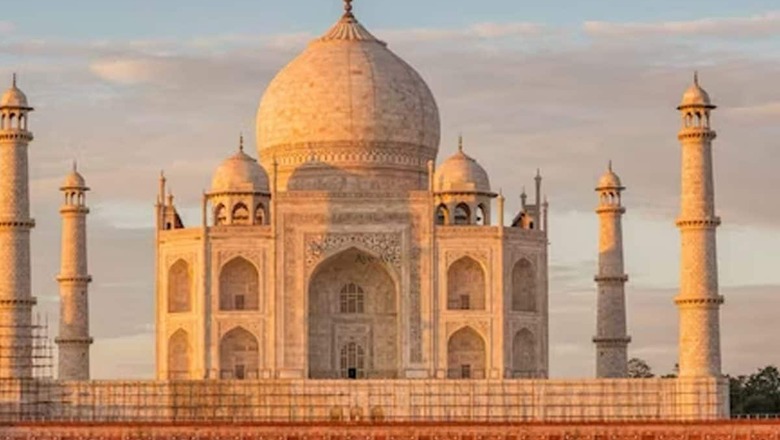
views
The Taj Mahal, counted among the seven wonders of the world, is often depicted as the epitome of an act of love. Built by Shah Jahan in tribute to his deceased wife Mumtaz Mahal, India has taken pride in the Taj Mahal for centuries. This is not the only symbol of love in the world. The Taj Mahal of Essex is a UK attraction that has no resemblance to the well-known Indian structure. Known as A House for Essex or Julie’s House, the unusual location was constructed near Wrabness, with a view of the River Stour, in 2015. It was made by artist Grayson Perry, renowned for his ceramics and tapestries, and for his transvestism as Claire, on a commission from philosopher Alain de Botton.
It is because of where it came from, the guidebook Explore & Discover ESSEX has given it the peculiar name. It took five years to construct and was intended as a “mausoleum” for the fictional Essex woman Julie Cope. Her husband had erected it following an accident, drawing parallels with Shah Jahan and Mumtaz Mahal’s tale. The initiative honours the goals and ideals of Essex, a much-maligned county, according to De Botton at the time.
“It’s a version of the Taj Mahal built not for an Indian princess, but a temple to love for a very ordinary Essex everywoman called Julie”, he said.
A big wooden entrance welcomes guests, and a ceramic egg, weather vane, and large wheel are perched atop.
There are two bathrooms — one downstairs and one upstairs — as well as two bedrooms, each with two beds. Along with a fully equipped kitchen and dining room, arrival packets include milk, biscuits, bread, butter, olive oil, tea, and coffee .Among the peculiar interior design elements are a motorcycle suspended from the chapel ceiling, symbolising Julie’s demise after being struck by a food delivery driver, and her tombstone, which indicates her age of 61 at time of death.
















Comments
0 comment